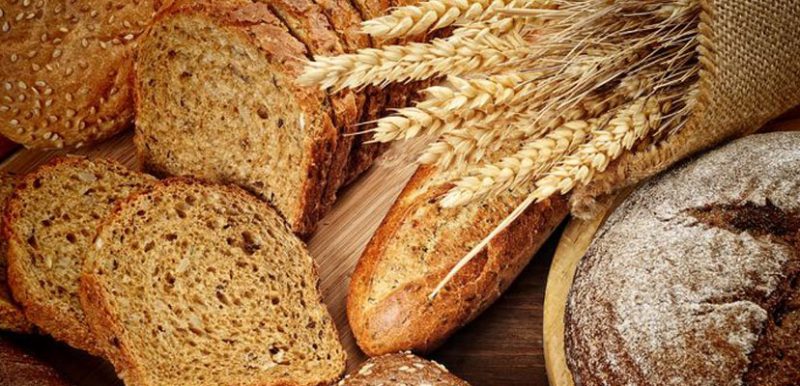Wheat is North America’s predominant grain product, which can make managing a wheat allergy very challenging. Wheat allergies are primarily common in children, and are usually outgrown before reaching adulthood.
Wheat allergies should not be confused with Celiac disease, which is a digestive disorder causing an adverse reaction to gluten. People with Celiac disease must avoid gluten, found in wheat, rye, barley, and sometimes oats. People who are allergic to wheat react to wheat protein and may tolerate other grains that may or may not have gluten, such as amaranth, barley, corn, oat, quinoa, rice, rye, and tapioca.
ALSO KNOWN AS:
- Atta, Bulgur
- Couscous
- Durum
- Einkorn
- Emmer
- Flour, Farina
- Graham, high-gluten and high-protein flour
- Kamut
- Seitan
- Semolina
- Spelt (dinkel, farro)
- Wheat bran, wheat starch, wheat germ
POSSIBLE FOOD SOURCES OF WHEAT:
- Breads and baked goods, Pie fillings and puddings
- Snack foods, for example, crackers, cereal
- Beer (due to the absence of ingredient list in standardized beer, the presence of wheat does not have to be labeled in beers)
- Battered food
- Cereal-based coffee substitutes (chicory, barley)
- Chicken and beef broth (cans and bouillon cubes), creamed soups
- Imitation bacon
- Seasonings, Sauces like chutney and soy sauce, Prepared ketchup and mustard
- Deli meats, hot dogs and surimi
- Gelatinized starch, modified starch and food starch
- Ice cream
- Salad dressings
NON-FOOD SOURCES OF WHEAT:
- Play-Doh
- Craft paste

